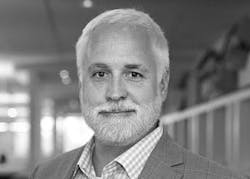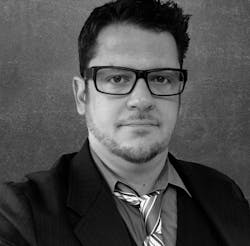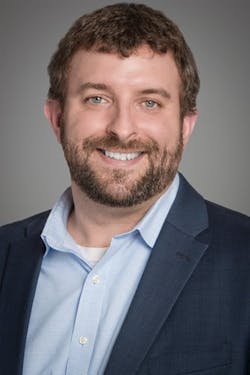Historically, modern trends in the AEC industry do not often provide for the creation of built works with a longer life span. In most instances, the current built environment is ruled by upfront costs and initial construction budgets with little regard for long term maintenance costs or building resiliency. As climate change and improved technology impact the industry, many architects are looking to create architecture that lasts longer and provides a more useful lifespan than buildings of previous years. The discussion of this podcast will revolve around ideas shaping this new trend for longer lasting structures along with new industry capabilities to improve the longevity of the built environment. What measures can be taken in the design phase? What elements can be initially determined that will have a larger impact on the resiliency of the project? This episode will include a guest who spends most of his professional time trying to improve the lifespan of buildings through mitigating various aspects of impact on the built environment.
Tap the player below to listen to the course!
ABOUT THE PRESENTERS
Bob Borson, FAIA, is a principal with Dallas-based firm BOKA Powell. As a Fellow of the American Institute of Architects, Bob is an award-winning designer and a licensed architect in the State of Texas. Bob was recognized by the Dallas AIA as “Young Architect of the Year” in 2009 and received the Award for Excellence in the Promotion of Architecture through the Media from the Texas Society of Architects in 2015. Since 2010, he has maintained and composed content for “Life of an Architect,” one of the most popular architectural blog sites in the world.
Andrew Hawkins, AIA, is president and principal architect of Hawkins Architecture, a Texas- based firm focused on education and civic projects across the state of Texas. He has served on the Board of Directors for the Texas Society of Architects and as president of his local chapter, AIA Brazos. Andrew was recognized as Young Architect of the Year in 2013 by AIA Brazos and has written for AIA National, Texas Architect magazine and various architectural websites. Andrew is also a design studio instructor at the Department of Architecture, Texas A&M University.
Gabriel Blasi serves as the Director of Engineered Product Solutions at Construction Specialties. Gabe and his team have designed, manufactured, and supplied some of the world’s most complex seismic expansion joint systems and in recent years they have led the advancement and integration of modular technologies into the commercial sector. Gabe has over 19 years of experience working with architects, engineers and building owners across the globe to develop solutions to complex construction problems.




